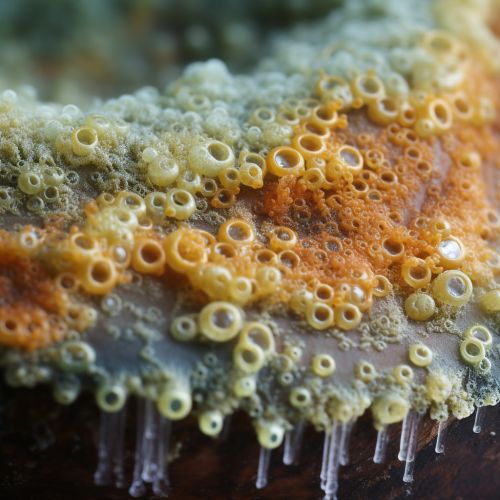Penicillin
Discovery and Early Development
Penicillin, one of the most well-known antibiotics, was discovered in 1928 by Scottish scientist Sir Alexander Fleming. Fleming's discovery was a landmark event in the field of microbiology and pharmacology, revolutionizing the treatment of bacterial infections.


Fleming's discovery was a result of his observation of a Petri dish containing Staphylococcus bacteria, which had been accidentally contaminated by a mold, later identified as Penicillium notatum. He noticed that the bacteria surrounding the mold were being killed, leading him to conclude that the mold was producing a substance with antibacterial properties. This substance was later named penicillin.
Production and Mechanism of Action
The large-scale production of penicillin was initiated during the Second World War, primarily in the United States, to treat wounded soldiers. The production process involved the fermentation of the Penicillium mold in large vats, a method that is still used today, albeit with more advanced techniques and equipment.
Penicillin works by inhibiting the synthesis of peptidoglycan, a key component of the bacterial cell wall. This results in the weakening of the cell wall, leading to cell lysis and death. This mechanism of action is specific to bacteria, making penicillin ineffective against viruses and fungi.
Types of Penicillins
There are several types of penicillins, each with a different spectrum of activity and pharmacological properties. These include the natural penicillins (e.g., penicillin G and V), the aminopenicillins (e.g., ampicillin and amoxicillin), the antistaphylococcal penicillins (e.g., oxacillin and cloxacillin), and the extended-spectrum penicillins (e.g., piperacillin and ticarcillin).
Clinical Use and Resistance
Penicillin and its derivatives are used to treat a wide range of bacterial infections, including streptococcal and staphylococcal infections, syphilis, meningitis, and pneumonia. However, the widespread use of penicillin has led to the emergence of penicillin-resistant strains of bacteria, a major concern in modern medicine. This resistance is often due to the production of beta-lactamases, enzymes that break down the beta-lactam ring of penicillin, rendering it inactive.
Side Effects and Allergies
While penicillin is generally safe for use, it can cause side effects in some individuals. These can range from mild reactions, such as nausea and diarrhea, to severe allergic reactions, known as anaphylaxis. Penicillin allergy is the most common drug allergy, affecting approximately 10% of the population.
